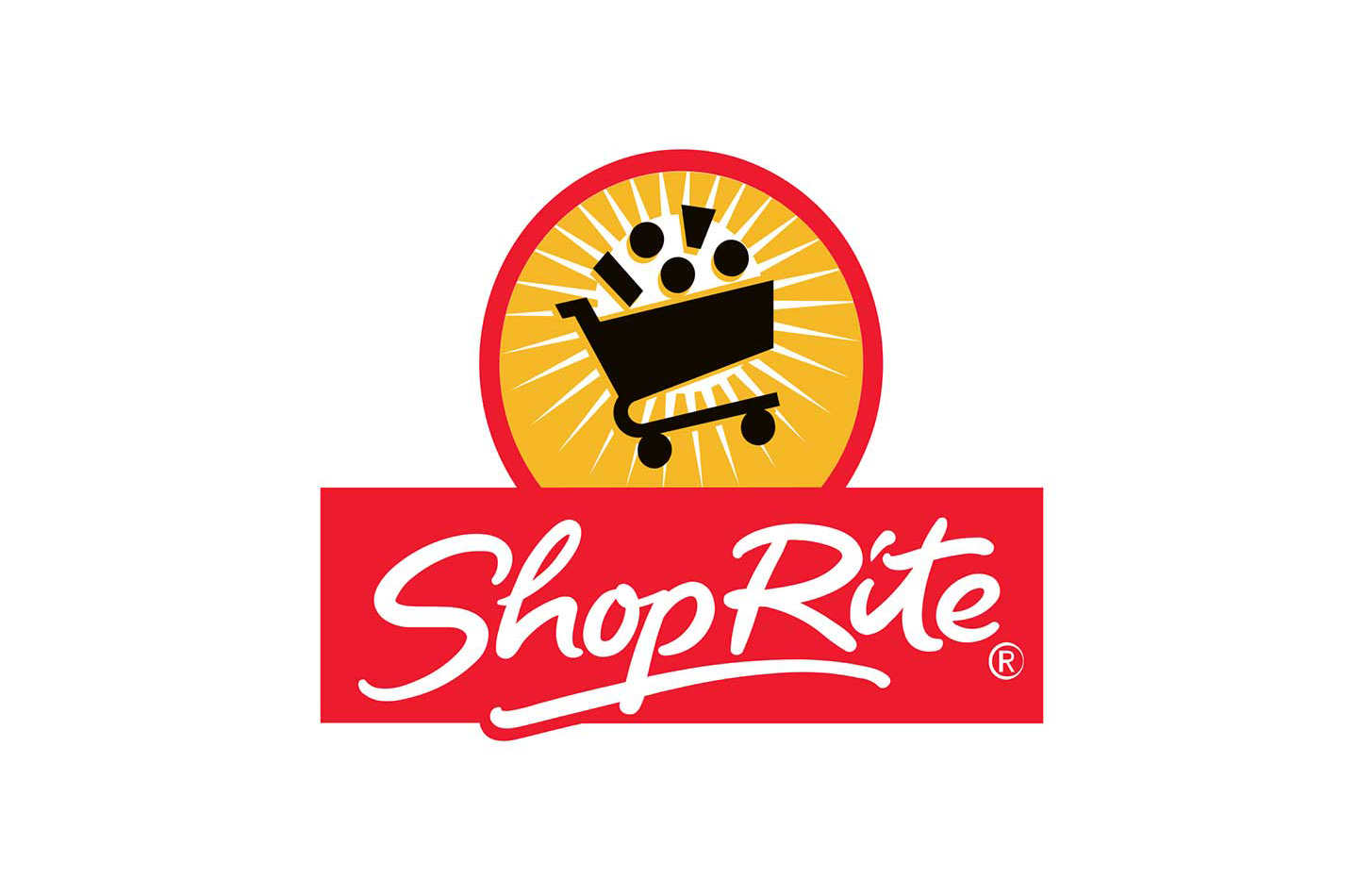As inflation continues to shape the food retail landscape, understanding consumer behavior and adapting to changing trends remains critical. In Circana’s latest quarterly webinar series, the market research company delved into the state of produce and floral sales, reflecting on 2024’s key trends and offering insights for the year ahead.
The discussion revealed that 90% of Americans remain concerned about food cost inflation, with younger shoppers feeling the pinch most acutely — 91% of those under 35 reported shifting their shopping habits.
While the food and beverage industry experienced modest growth, fresh foods stood out, with fruits and vegetables leading the charge. Popular staples like apples, bananas and berries saw significant growth, as did floral sales, driven by roses and bouquets.
At the same time, the webinar underscored challenges, including a need for innovation in vegetable appeal and sluggish overall growth projections for produce in 2025. With 86% of meals now prepared at home, the conversation spotlighted strategic pricing, crave-able solutions and the rise of heat-and-eat options as keys to sustaining demand in the year ahead.
Consumers voted with their dollars for fresh produce
To look at 2024 performance, Jonna Parker, team lead of fresh foods group for Circana, said we must first ground ourselves in the consumer’s perception.“The majority of Americans, 9 out of 10 Americans, in fact, throughout 2024 were concerned about food cost inflation,” Parker said. “One of the most interesting things, though, is that inflation eased.
“So even though 85% of consumers’ perception was that prices were higher, it was not actually retracted. Of course, because of this consideration set that inflation is still very top of mind, more than half of consumers at the end of the year were looking for sales and deals more often. Another near majority were cutting back on non-essentials. Only 17% were not making changes.”
Speaking of unit growth, Parker said common fruits were No. 2 in unit growth.
“When someone's buying more units of something, it means they're doing so regardless of price, seen in categories like apples was better year over year because it has a positive crop yield. So the fact that consumers voted with their dollars that fresh fruits, our most ubiquitous fresh fruits, are more in demand than ever, is a huge opportunity for the industry.
“So if you’re wondering, do consumers really want more fresh produce? They are voting with their dollars that they do,” Parker said.
Produce and floral are powerhouses driving sales
“Let's talk produce,” Parker said, “…$92 billion of produce sales as of the last 52 weeks this year. Since 2019, we’re not just driving more dollar sales in produce. We sell, on average at retail, 13% more pounds of fresh fruits and veggies than we ever did before.“Ultimately, what produce did best in 2024 is continue to give reasons to get in the basket on consumers more frequent trips, and really astoundingly, in this era of more trips, but smaller baskets, [produce] are getting in the basket more often.”
Consumer habits are key
How we eat fruit and vegetables is the key to our future growth as an industry, Parker said.
Darren Seifer, Circana's industry adviser for consumer goods switched the conversation from how consumers are purchasing fresh foods, to how they are using — eating, these products.
“If we could understand what consumers are doing with a product once purchased, …we can understand the usage part of the experience and we can drive sales even further.”
Part of this year’s success in the produce aisle this year, Seifer said, has to do with the fact that consumers are sourcing more meals from home today than they were several years ago.
Looking toward 2025
Sometimes the produce and floral tide goes up, Parker said, and sometimes it goes down.“But innovation and people who meaningfully deliver growth, they don't just ride the wave. They work with the wave to turn the tide. So I do feel like it's vitally important that we use all of this consumer and insight data, much of which IFPA has provided to the industry to get deeper and make strategies for growth.
“There is not a produce company left who does not keep monitoring what sells. But we need to go deeper. We need to look at retailer and supplier-specific information, and we need to understand consumers.
We are predicting based on this modeling that produce will grow next year, but only at 1%, and pound growth will flatline. Now, some of those reasons, of course, are out of our control: Macro-economic climate is disrupted and will only continue to be so in 2025. We do expect the consumer to be at the mercy of that, just like all of us in the industry are going to be.
There are many reasons that they should buy fresh produce. There's just as many reasons that others can steal some of our shine or even take away that demand. We predict in the analytics we run that 39% of produce categories will struggle to find growth next year. It's up to us to figure out how we're going to change that for the future.


















